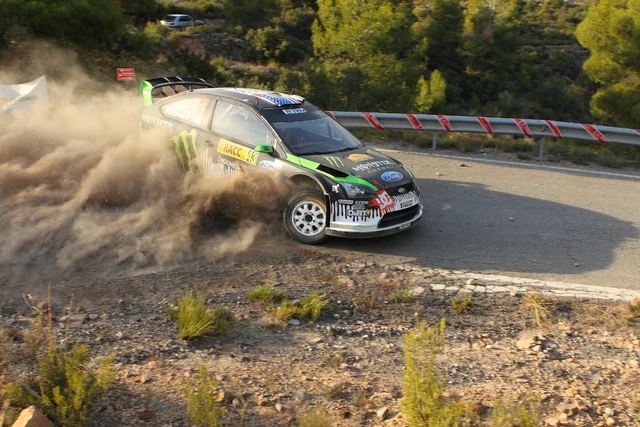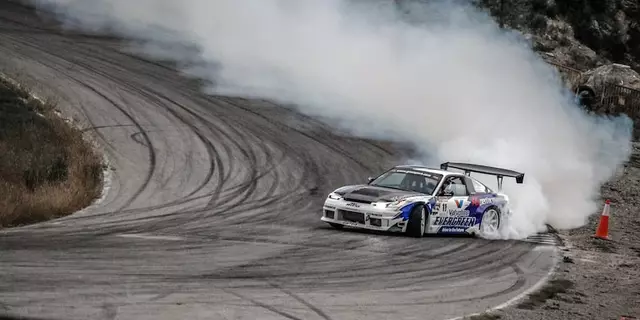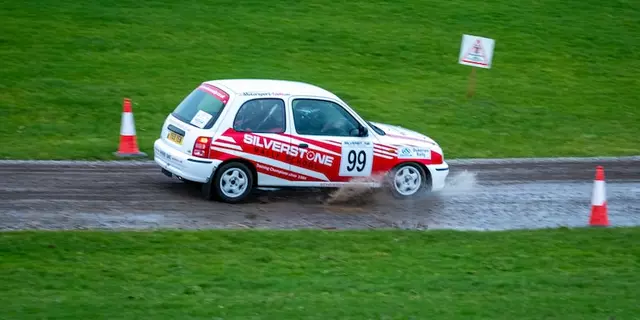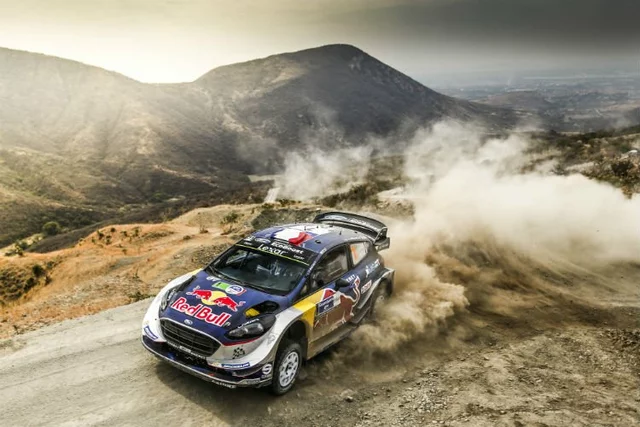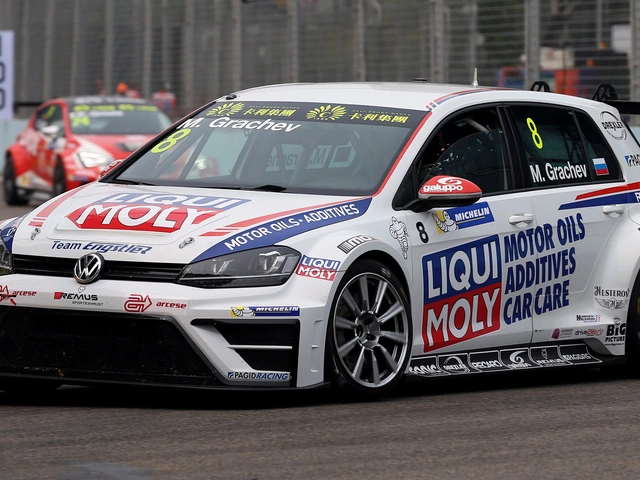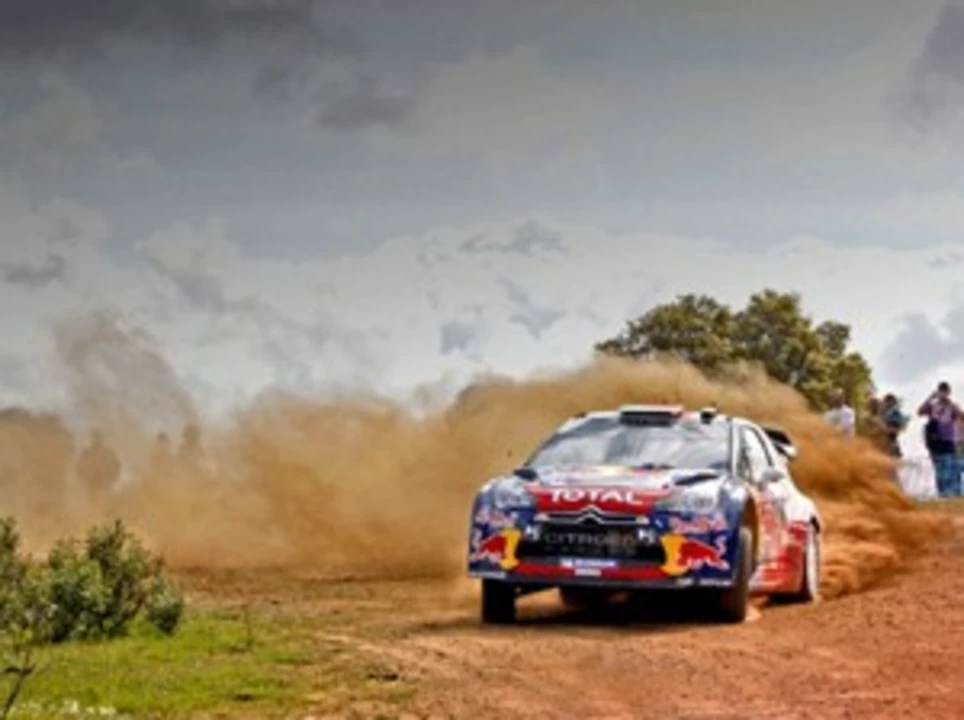Why does overtake seems rarely happen in rally racing?
Exploring the Challenges of Overtaking in Rally Racing
Overtaking in rally racing can be an exciting, unpredictable event. But it’s also a difficult proposition that requires a great deal of skill and strategy. The challenge of overtaking can be seen in the fact that it rarely occurs in rally racing compared to other motorsports.
So why is it so hard to overtake in rally racing? One of the main obstacles to overtaking is the terrain. Rally races are often held on tight, winding roads with plenty of turns, bumps and other obstacles. This makes it difficult to gain on a competitor before the next turn, meaning you have to be very precise in order to get ahead.
The second obstacle is the time factor. Rally races have strict time limits and if you take too long to overtake, you can be disqualified. This means that you have to be very quick and accurate with your maneuvering in order to get ahead. This can be a difficult task for even the most experienced racer.
The third obstacle to overtaking in rally racing is the competition. Rally racing is a highly competitive sport and there are often dozens of cars all vying for the same position. This makes it difficult to get past someone without risking a collision or other incident.
The fourth obstacle to overtaking in rally racing is the weather. Weather can be a major factor in rally racing, with rain and bad visibility making it hard to pass. This can be especially true in dirt or gravel rallies, where the wet ground can make it difficult to gain traction and make the car slip.
Finally, the fifth obstacle is the car itself. Rally cars are usually smaller and lighter than other motorsport vehicles, meaning they don’t always have the power and acceleration needed to overtake in difficult conditions. This can also make it difficult to keep up with the competition.
Despite the obstacles, overtaking is still possible in rally racing. It requires a great deal of skill and strategy, but it is possible. With the right car, the right strategy, and the right conditions, a racer can overtake another competitor and make a thrilling move.
The Unique Requirements for Successfully Overtaking in Rally Racing
Overtaking in rally racing is a very difficult maneuver to pull off. Unlike other forms of motor racing, in rally racing there are numerous obstacles, other cars, and unpredictable terrain that can make it harder to overtake. Rally drivers must be precise and calculated in their approach to overtaking if they want to be successful.
The first requirement for successfully overtaking in rally racing is precise car control. Rally drivers must be able to accurately and consistently keep their car on the racing line. A driver must be able to move their car in and out of tight spaces without making any mistakes. Rally drivers must also have a good understanding of the track and know when and where to make their move.
Another requirement for successfully overtaking in rally racing is good timing. Drivers must know when to make their move, and when to back off. Timing is especially important when overtaking on a narrow road or in a tight corner. If a driver is too slow, they will not have enough time to pass their opponents and they could end up running off the track.
A third requirement for successful overtaking in rally racing is good car positioning. Drivers must know where to position their car so they can take advantage of their opponent's mistakes. Rally drivers must also be able to read the track ahead of them and position their car accordingly. This requires a good knowledge of the track, including the terrain, and the ability to anticipate what the other driver might do.
Finally, the last requirement for successful overtaking in rally racing is a good level of car speed. Rally drivers must be able to accelerate quickly and maintain a high speed in order to overtake their opponents. Drivers must also know when to back off in order to avoid running off the track or spinning out of control.
These are just a few of the requirements for successfully overtaking in rally racing. A rally driver must be precise, calculated and have a good understanding of the track in order to overtake their opponents successfully. If a driver is able to master these requirements, they should be able to overtake their opponents and make a good showing in the race.
Analyzing the Reasons Why Overtaking is Rarely Seen in Rally Racing
Overtaking is an essential part of many types of motor racing, with some motorsport events such as Formula 1 relying heavily on it. However, in rally racing, overtaking is rarely seen, despite it being a motorsport that is full of excitement and thrills. So why is overtaking rarely seen in rally racing?
Difficult Terrain
One of the main reasons that overtaking is rarely seen in rally racing is the terrain. Rally racing is often held on winding and narrow roads, making it difficult for drivers to pass each other. This means that overtaking is often risky, as there is no room for error and the slightest mistake could cause a crash. This difficulty in overtaking, coupled with the tight corners and uneven surfaces, make the chances of overtaking slim.
The Nature Of The Race
The nature of rally racing is also a factor in why overtaking is rarely seen. Rally racing is a race against the clock, and drivers are not competing against each other. This means that they are not trying to outpace each other, and instead, they are trying to get the best time possible. This makes overtaking less of a priority and means that drivers are more focused on their own performance than trying to overtake someone else.
Limited Time
Another factor in why overtaking is rarely seen in rally racing is the limited time that is available. Rally stages are often very short, meaning that drivers don’t have enough time to find a gap in the traffic to pass someone. This means that drivers are often stuck in the same positions for much of the race, with very little time for overtaking. This makes it difficult for drivers to make up time and positions, as there is often no opportunity to overtake.
High Skill Level
The high skill level of the drivers is also a factor in why overtaking is rarely seen in rally racing. Rally drivers are some of the best in the world, and they are able to read the terrain and anticipate the moves of other drivers. This means that they are often able to stay ahead of the competition, making it difficult for other drivers to find a way to pass them.
The Rules
The rules of rally racing are also a factor in why overtaking is rarely seen. The rules state that drivers must keep to the racing line, and that they must not cut corners. This means that drivers have to stay within the confines of the racing line, making it difficult for them to find a gap in the traffic to overtake. This makes it even more difficult for drivers to make up time and positions, as there is very little room for maneuvering.
Understanding the Tactics and Techniques of Overtaking in Rally Racing
Overtaking in rally racing is an exciting and intense way to gain an advantage on the track. It takes skill, agility, and courage to pull off a successful overtake. But why is it that overtaking in rally racing is relatively rare? In this article, we’ll take a look at the tactics and techniques used in the sport and why they make successful overtakes so difficult to pull off.
The first factor that makes overtaking in rally racing difficult is the tight, twisty nature of the courses. Rally courses are designed to test the limits of both the cars and the drivers. As a result, it's incredibly difficult to build up enough speed to pass another car. The narrow, winding roads combined with the ever-changing terrain make it hard to get a good run at the car in front. Even if you do manage to get up to speed, the tight nature of the course means that you have to wait for the perfect opportunity to make the move.
The second factor is the type of cars used in rally racing. Rally cars are designed to be lightweight, agile, and fast, meaning they can quickly change direction and accelerate out of corners. This makes it hard to get a good run on the car in front, as they can quickly change direction and accelerate away. The power delivery of the engines also makes it difficult to maintain a high speed in the tight corners, meaning overtaking opportunities are few and far between.
Finally, drivers must also be aware of the other drivers around them. Rally racing is a contact sport, and drivers must be aware of the cars around them and be prepared to make a move when the opportunity arises. This means that drivers must be alert and ready to act at all times. This can make it difficult to get a good run at the car in front, as the other cars around you may be blocking your path.
These three factors make overtaking in rally racing a difficult and risky maneuver. Drivers must be aware of the tactics and techniques used in the sport and be prepared to make a move when the opportunity arises. If a driver is able to pull off a successful overtake, it can be an incredibly satisfying and rewarding experience.
